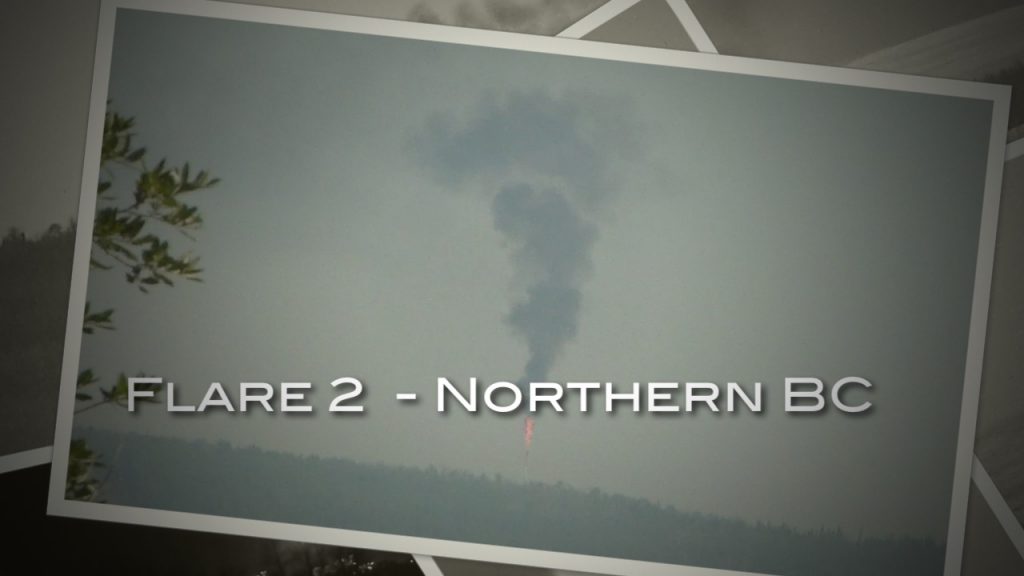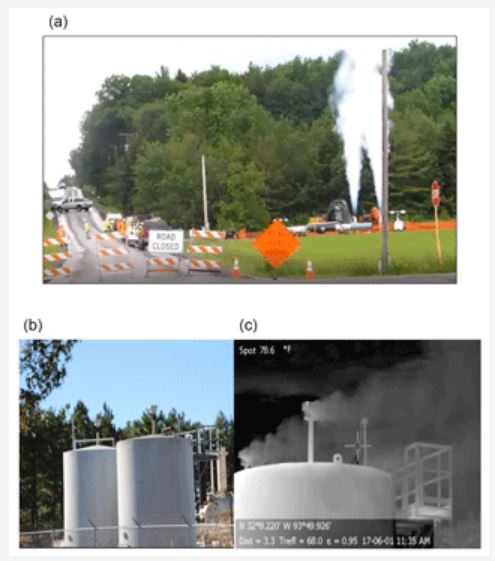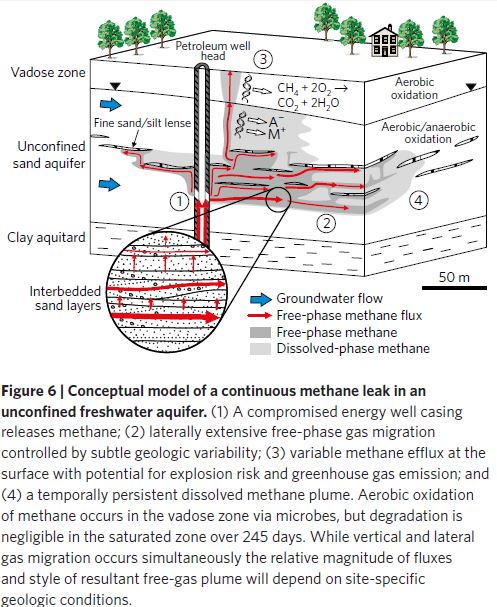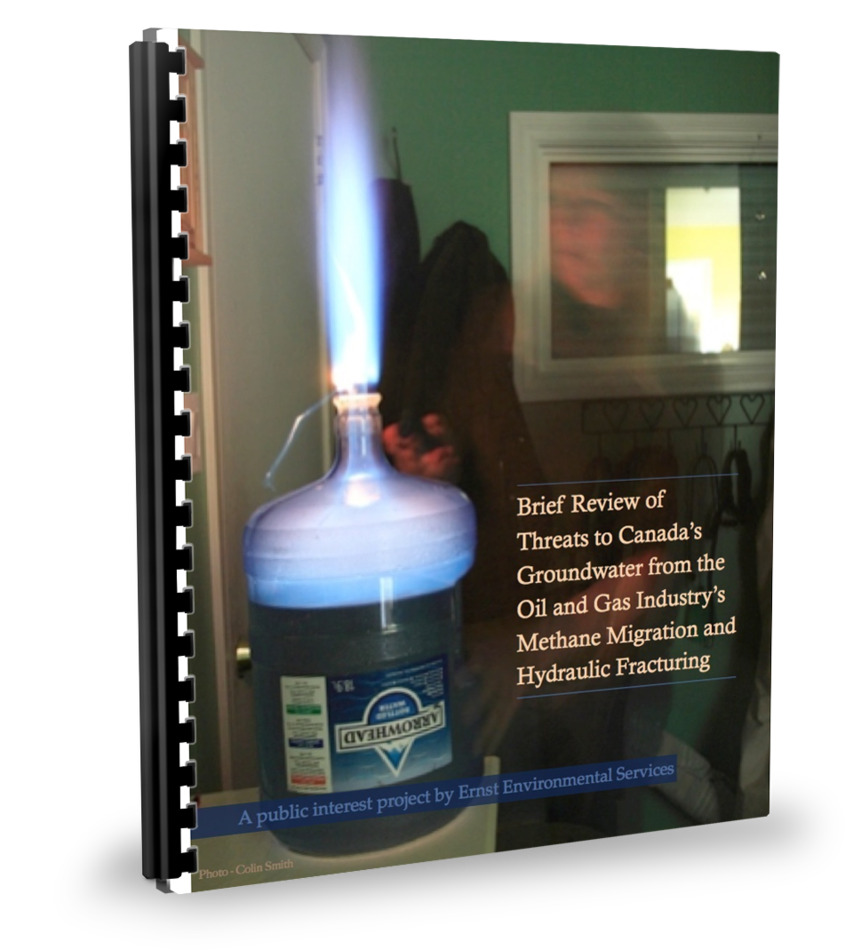Quantifying methane emissions from the largest oil-producing basin in the United States from space by Yuzhong Zhang, Ritesh Gautam, Sudhanshu Pandey, Mark Omara, Joannes D. Maasakkers, Pankaj Sadavarte, David Lyon, Hannah Nesser, Melissa P. Sulprizio, Daniel J. Varon, Ruixiong Zhang, Sander Houweling, Daniel Zavala-Araiza, Ramon A. Alvarez, Alba Lorente, Steven P. Hamburg, Ilse Aben and Daniel J. Jacob, Science Advances, 22 Apr 2020: Vol. 6, no. 17, eaaz5120, DOI: 10.1126/sciadv.aaz5120
Abstract
Using new satellite observations and atmospheric inverse modeling, we report methane emissions from the Permian Basin, which is among the world’s most prolific oil-producing regions and accounts for >30% of total U.S. oil production. Based on satellite measurements from May 2018 to March 2019, Permian methane emissions from oil and natural gas production are estimated to be 2.7 ± 0.5 Tg a−1, representing the largest methane flux ever reported from a U.S. oil/gas-producing region and are more than two times higher than bottom-up inventory-based estimates.
This magnitude of emissions is 3.7% of the gross gas extracted in the Permian, i.e., ~60% higher than the national average leakage rate.
The high methane leakage rate is likely contributed by extensive venting and flaring, resulting from insufficient infrastructure to process and transport natural gas. This work demonstrates a high-resolution satellite data–based atmospheric inversion framework, providing a robust top-down analytical tool for quantifying and evaluating subregional methane emissions.
Permian Oil Fields Leak Enough Methane for 7 Million Homes by Bloomberg, Apr 23 2020
Enough gas to supply 7 million homes is leaking into the atmosphere above oil fields in Texas and New Mexico—the largest plume of climate change-driving methane pollution ever recorded over a U.S. oil field, a new study from Harvard University and Environmental Defense
The methane over the Permian Basin emitted by oil companies’ gas venting and flaring is double previous estimates, and represents a leakage rate about 60% higher than the national average from oil and gas fields, according to the research, which was published Wednesday in the journal Science Advances. “Our study found that the quantity of methane emitted in the Permian Basin are the highest ever measured from any U.S. oil and gas basin. This is a really big deal from a climate standpoint,” the study’s lead authors, Harvard atmospheric scientist Yuzhong Zhang and EDF scientist Ritesh Gautam, said via email Wednesday.
Methane is the primary component of natural gas. It also is a powerful driver of climate change that is 34 times more potent than carbon dioxide at warming the atmosphere ovver the span of a century. Eliminating methane pollution is essential to preventing the globe from warming more than 2 degrees Celsius (3.6 degrees Fahrenheit)—the primary target of the Paris climate accord, scientists say. The Trump administration has taken steps to roll back the Obama administration efforts to cut methane pollution and leaks from oil and gas wells, particularly with the Bureau of Land Management’s 2016 Waste Prevention Rule and the Environmental Protection Agency’s oil and gas emissions standards.
$250 Million Worth of Methane
The Permian Basin’s methane pollution accounts for about 10% of the total global increase in methane emissions from 2010 to 2020, Robert Howarth, a Cornell University biogeochemist studying fugitive methane emissions from oil and gas fields, said. He was unaffiliated with the study.
“We need to be reducing methane emissions, not allowing them to grow,” Howarth said.
“When these sort of emission rates are considered, methane makes the greenhouse gas footprint of natural gas far worse than even that of coal.” …
Fracking wells in the US are leaking loads of planet-warming methane by Adam Vaughan, April 22, 2020, New Scientist
Satellites have revealed the fracking heartland of the US is leaking a powerful greenhouse gas at a record-breaking rate.
The methane escaping from the oil and gas wells of the Permian basin, which straddles Texas and New Mexico, has the potential to warm the atmosphere by almost as much as the carbon dioxide released by all homes in the US annually.
Methane, also known as natural gas, is pumped out of the region’s wells and captured for use, but the satellite analysis has shown they are also inadvertently leaking 3.7 per cent of that gas into the atmosphere.
The leakage rate is more than twice that assumed by the US Environmental Protection Agency, well above the average 1.9 per cent for 11 other major US basins, and higher than that recorded in any US oil and gas field before.

The findings undermine the dominant narrative in the US that its energy sector has become much cleaner in recent years as it switched to burning natural gas instead of coal for power.
Read more: Fracking boom could explain the puzzling rise in global methane levels
“Any emission rate greater than 1 per cent or so is significant in terms of the greenhouse gas consequences of using natural gas. And at 3.5 per cent or 3.7 per cent, natural gas is far worse for the climate than is coal,” says Robert Howarth at Cornell University in New York, who wasn’t involved in the research. Last year, he found oil and gas production in North America was to blame for a puzzling surge in methane levels.
The new research, led by Yuzhong Zhang at Harvard University, analysed state of the art measurements of methane columns in the atmosphere taken over 11 months during 2018 and 2019 by the satellite-based TROPOMI system. Launched in 2017, it started sending back data in 2018 that is much higher resolution than previous surveys and provides daily coverage. …
Super-Polluting Methane Emissions Twice Federal Estimates in Permian Basin, Study Finds, The methane is a byproduct of fracking for oil, often burned off at well heads or emitted into the atmosphere instead of being captured for use as fuel by Phil McKenna, April 22, 2020, Inside Climate News
Methane emissions from the Permian basin of West Texas and southeastern New Mexico, one of the largest oil-producing regions in the world, are more than two times higher than federal estimates, a new study suggests.
The findings, published Wednesday in the journal Science Advances, reaffirm the results of a recently released assessment and further call into question the climate benefits of natural gas.
Using hydraulic fracturing, energy companies have increased oil production to unprecedented levels in the Permian basin in recent years.
… Daniel Jacob, a professor of atmospheric chemistry and environmental engineering at Harvard University and a co-author of the study, said methane emissions in the Permian are “the largest source ever observed in an oil and gas field.”
He added, “There has been a big ramp up in oil production in that region and when you don’t care too much about recovering the natural gas, it makes for a large emission.”
As a global oil glut threatens to curtail oil production in the region, it remains unclear if methane emissions from the Permian will diminish, or if emissions will continue to climb, as operators scale back monitoring and maintenance operations during the coronavirus pandemic.
… The current study estimates 3.7 percent of all the methane produced from wells in the Permian basin is emitted, unburned, into the atmosphere. That is more than twice the official EPA estimate for the region.
While the percentage may seem small, methane is a super-pollutant that is approximately 84 times more potent as a greenhouse gas than carbon dioxide. It is often called a “short-lived climate pollutant” because it lasts only 12 years in the atmosphere when carbon dioxide can last for centuries. Methane’s relatively short life in the atmosphere means that any reduction in methane emissions will have a near-term benefit in helping to slow climate change.
… The study was based on 11 months of data from the European Space Agency’s Tropospheric Monitoring Instrument (TROPOMI) collected during 2018 and 2019. TROPOMI is a space-based spectrometer that uses infrared imaging to detect the average concentration of methane in columns of the atmosphere averaged across approximately 4 mile by 4 mile sections of the Earth’s surface. Launched aboard a European Space Agency satellite in 2017, the device has significantly enhanced researchers’ ability to quantify methane emissions across regions like the Permian basin.
The study also draws on data from a U.S. National Oceanic and Atmospheric Administration satellite that detects heat from gas flaring and thereby pinpoints the location of oil and gas wells. When the data from the two different satellites are combined, they show that areas with a high number of wells correspond to areas with high methane concentrations.
“That is important because it adds further confirmation that the high methane concentrations observed in the Permian stem from emissions from oil and gas production,” said Riley Duren, a research scientist at University of Arizona and an engineering fellow at NASA’s Jet Propulsion Laboratory, who was not involved in the new study.
Leaks May Offset Gains by Reduction in Flaring
… “EPA makes updates to methods and data sources periodically when new information is available to improve our emissions calculations,” EPA spokesperson Enesta Jones said in a written statement.
American Petroleum Institute senior counselor Howard Feldman, who was also asked to comment on the new study, said, “As with any report, we will review the methods that Harvard used to validate the data and their conclusions.” Feldman said that methane emissions are declining. ![]() Pfffft!~ Who but the oil patch players and their enablers, our “regualtors,” corrupt politiicians, NGOs and synergy groups, believe him?
Pfffft!~ Who but the oil patch players and their enablers, our “regualtors,” corrupt politiicians, NGOs and synergy groups, believe him?![]() “America’s natural gas and oil companies,” he said, “have initiated multiple initiatives across the U.S., like The Environmental Partnership and the Texas Methane and Flaring Coalition, to build upon the progress we’ve made to reduce emissions in producing basins like the Permian, during a period of significant oil and natural gas production growth.”
“America’s natural gas and oil companies,” he said, “have initiated multiple initiatives across the U.S., like The Environmental Partnership and the Texas Methane and Flaring Coalition, to build upon the progress we’ve made to reduce emissions in producing basins like the Permian, during a period of significant oil and natural gas production growth.”
Feldman added, “These initiatives underscore the industry’s commitment to leveraging new technologies and innovative practices that reduce emissions and establish clear pathways for continuous environmental improvement.” ![]() As usual, when industry spins the public, boasting it’s “committed” to doing something about cleaning up its vampant life-threatening pollution, it’s meaningless. Being committed does not mean actually doing anything.
As usual, when industry spins the public, boasting it’s “committed” to doing something about cleaning up its vampant life-threatening pollution, it’s meaningless. Being committed does not mean actually doing anything.![]()
Exxon Mobil Corp. announced earlier this month that it is conducting field trials of various methane detection technologies, including satellite and aerial surveillance monitoring of nearly 1,000 sites across the Permian basin, to further reduce methane emissions.
In 2018, Exxon, as part of a coalition of oil and gas producers known as the Oil and Gas Climate Initiative, pledged to reduce methane emissions from a 2017 baseline of 0.32 percent to 0.25 percent by 2025. The current study’s basin-wide estimate of a 3.7 percent rate of emissions suggests that, at least in the Permian, Exxon and other producers are well off of their emission reduction targets.
An April 6 report by the Norwegian energy research firm Rystad Energy noted that flaring in the Permian has decreased from a high of nearly 900 million cubic feet per day in the third quarter of 2019 to approximately 700 million cubic feet per day in the first quarter of 2020. The firm projects that flaring will continue to decline by an additional 40 percent this year as an oil production downturn caused by Covid-19 and the ongoing oil price war continues.
Flaring significantly reduces methane’s greenhouse gas impact. When methane is burned, carbon dioxide is released into the atmosphere instead of methane. Reductions in flaring are typically an indicator that less methane is being wasted and that more of it is being shipped to market via pipelines.
Flaring, however, isn’t entirely effective. Flares that aren’t operating properly result in incomplete combustion, and the portion of methane that isn’t burned by the flare is released into the atmosphere. In other cases, unlit flares allow all the methane that passes through them to vent, unburned, into the air.
Earthworks, an environmental advocacy group, argues that a steady increase in unlit gas flares may offset any benefits from the decreasing volume of flared gas. Field measurements of approximately 100 flares in the Permian basin by the group show that the phenomenon of unlit flares increased from 14 percent of all flares monitored in 2017 to 34 percent in 2020, according to an April 6 report by the group.
Sharon Wilson, a gas imaging specialist for Earthworks, said she anticipates unlit flaring to increase as financial pressure, work restrictions imposed by Covid-19 and the inability of environmental watchdogs to continue field observations, results in decreased maintenance of existing flares.
“At the moment I’m afraid there is all manner of mayhem happening out there,” Wilson said. …
Refer also to:
“Clean” flaring like industry gets away with in BC?

Play clip, 18 seconds: https://ernstversusencana.ca/wp-content/uploads/2017-2020-Flares-1-Northern-BC.m4v

Play clip, 17 seconds: https://ernstversusencana.ca/wp-content/uploads/2017-2020-Flares-2-Northern-BC.m4v
Or vexatiously deadly “clean” pollution flaring like Encana/Ovintiv’s in Alberta?


2019: The Leaks that threaten the clean image of natural gas


2012: MIT Frackademics, The ‘entire natural gas system’ is driving methane emissions — MIT study
And who is measuring the endless methane leaking from frac’d drinking water aquifers like those Encana frac’d in Alberta and Wyoming, and who knows where else?

2006: Ernst’s dangerously contaminated well water after Encana (now Ovintiv) illegally frac’d the aquifers at Rosebud Alberta, enabled by Alberta Health, Alberta Environment, EUB (now AER), the ALberta Research Council (now Alberta Innovates), and many many more.
And the methane leaking from oil patch contaminated water wells?
